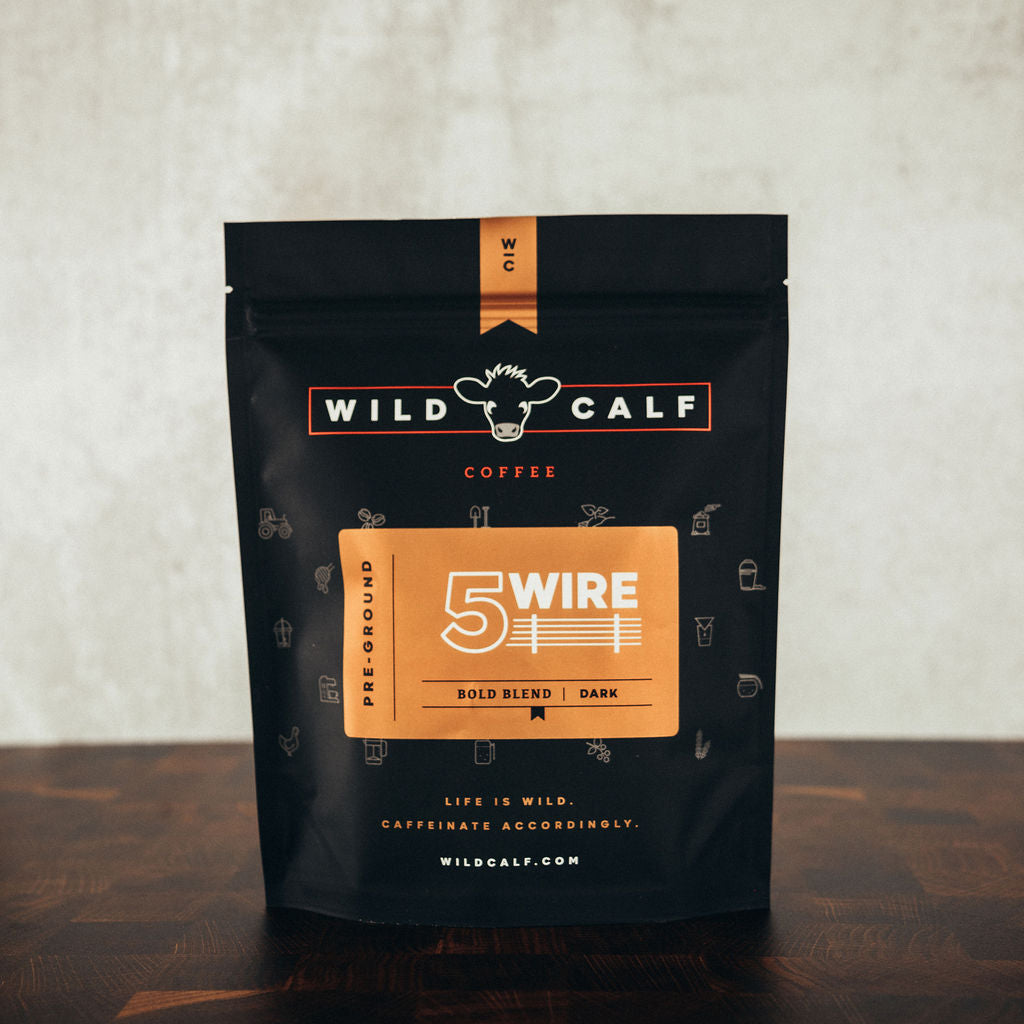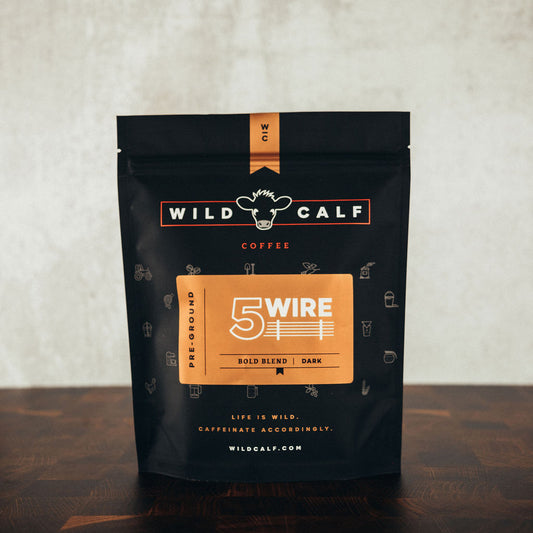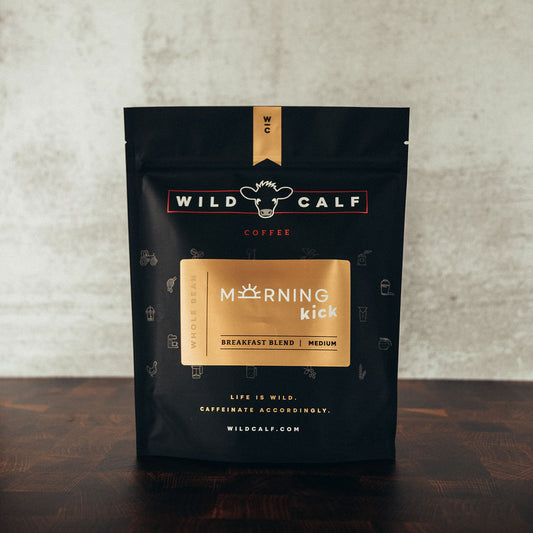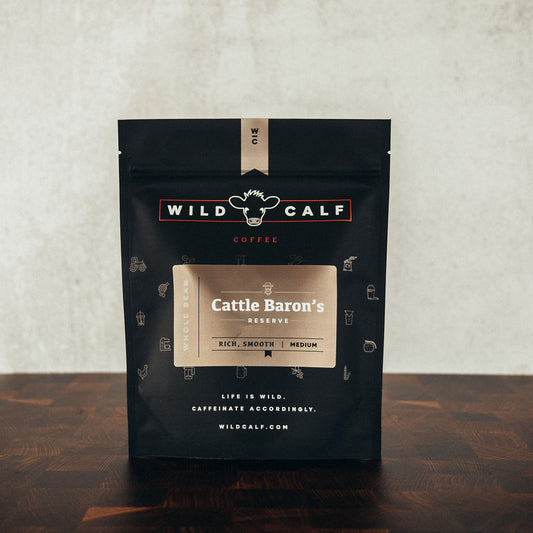What is Brightness in Coffee
Coffee isn’t complicated. You wake up, you brew, you drink. Coffee drinkers do this every day, and it is not advisable to try to complicate sanity-enhancing beverages. Dolly Parton even made this simple, morning ritual famous with the lyrics, “Tumble outta bed, and I stumble to the kitchen, pour myself a cup of ambition,” in her hit song “9 to 5.” But what if we made Dolly’s daily fix more complex? What if we complicated coffee? Well, allow us to introduce the coffee term “brightness.”
Brightness is complicated. It’s a term used to help describe the flavors of a particular coffee. Simply, it’s a bright tang of flavor that stands out against the coffee’s taste. Brightness is the other flavors. It’s the nutty, fruity, citrusy, or chocolatey tastes that spark across the taste buds as you sip. Our Ethiopia roast, with its notes of blueberry, is described as high brightness. The mouth can perceive a fruity, palate-intriguing taste within the coffee savor. The opposite end of the brightness spectrum is our Brazil. The Brazil roasts have low brightness, meaning there isn’t a bright pop of flavor to it. Just coffee.
Those bright flavors come from where the beans originated or how the beans were processed. It also depends on how they were roasted. Roasting at higher temperatures does not enhance brightness in coffee. A longer, darker roast can actually cook out the beans’ brightness. It is in the lighter roasts where brightness can more easily be perceived. No matter the roast, it’s important to note that brightness, or lack thereof, is not a positive thing. Or a negative thing. Brightness is just there, and it’s a personal preference.
Another way to explain brightness is a food analogy. Let’s say we have a dish, and it’s tasting a bit dull. It’s almost summer, so we’ll say our dish is potato salad. And so, what do we do to brighten the dish? We give it a pop of flavor and splash in some pickle juice. That zip is like brightness. Maybe the potato salad was fine without it (wrong). Maybe the potato salad is now perfect (this is the correct answer). It just depends on how you like it. Similarly, coffee can have these beautiful zaps of flavor.
The most complicated aspect of brightness is its synonym, acidity. The words brightness and acidity are interchangeable; however, acidity has a different definition in the coffee world. Acidity in our mugs has nothing to do with pH! Or acid. Most coffee has a pH of around 5. So, if a coffee-connoisseur says, “this coffee is really acidic,” they are not going to have to chase said coffee down with an antacid. Since brightness/acidity has nothing to do with actual pH, a highly bright/acidic coffee will not upset the stomach. In fact, most coffee roasters shy away from the word acidic, solely using the word brightness, because of this negative connotation. Plus, it’s hard for us to think of the meaning of “acidity” other than something to test with litmus paper. And litmus paper isn’t exactly appetizing.
Wild Calf might be the first blahg to ever incorporate Dolly Parton and potato salad into a brightness definition, but we sincerely hope that you now know what brightness is in your favorite, “cup of ambition.” Remember, brightness is the tangy, fruity, or nutty other flavors that pop out while sipping. Brightness is to coffee as an accent note is to music. An epiphany is to literature. The pickle juice is to potato salad. And while musical accents and literary epiphanies are great at enhancing their respective mediums, they are also exciting and enjoyable without it. Likewise, brightness is great in coffee, but not necessary for greatness. Except in potato salad. That needs the pickle juice.





